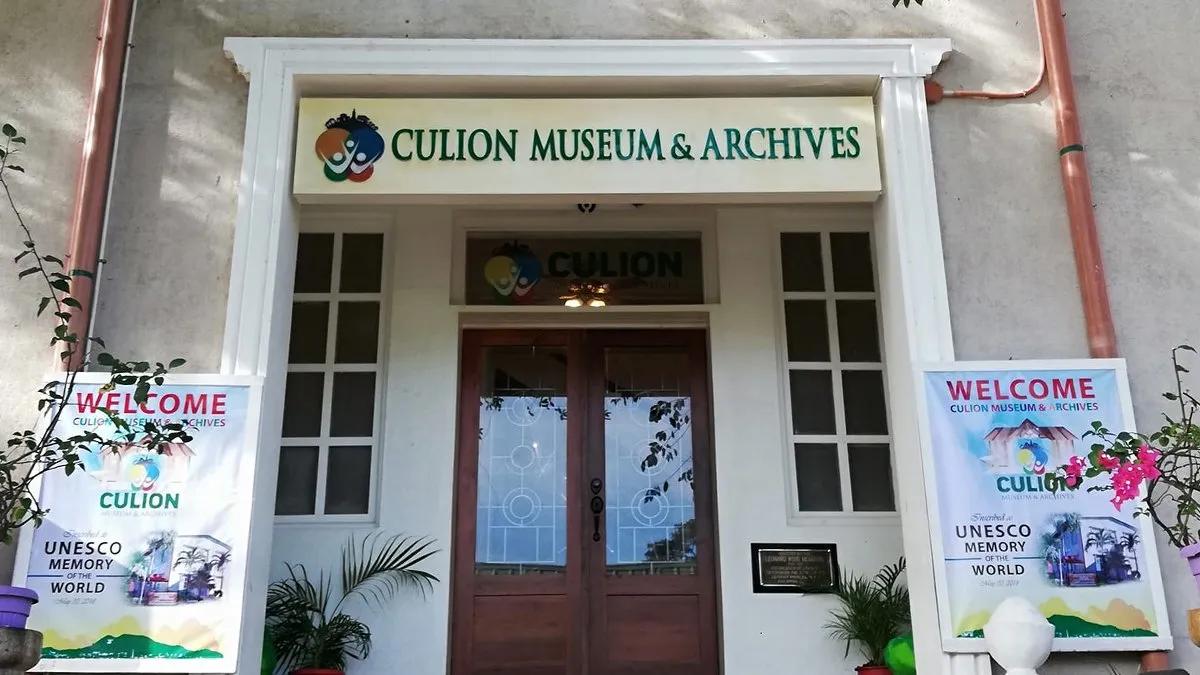With advanced treatments for leprosy in today’s world, it’s hard to imagine that during the early 1900’s, such people were treated as “untouchables.”
For leprosy victims in the Philippines, the only place where they can live is the Culion Leprosarium in Palawan’s Calamianes Islands.
Today, however, Culion is a thriving town of 23,000 residents, and the stigma of leprosy has long been eradicated.
Still, some residents believe the town’s unique history ought to be preserved for future generations.
That was also the aim of cultural authorities who recently named the Culion Museum and Archives as a “National Cultural Treasure of the Philippines.”
According to the National Museum, a National Cultural Treasure (NCT) is “a unique object found locally, possessing outstanding historical, cultural, artistic and/or scientific value which is significant to this country and nation.”
Nestled within the Culion Sanitarium and General Hospital (CSGH), this museum is more than a repository of artifacts; it is a testament to the resilience of individuals who faced leprosy and built a community in isolation.
Dr. Arturo Cunanan Jr., Medical Center Chief and Museum Director, highlights the museum's importance, "It’s not just about artifacts. These collections represent lives lived with dignity despite incredible hardship."
The museum's exhibits, including documents, photos, and correspondence from 1906, offer insight into the lives of leprosy patients who once faced societal exclusion.
Culion, despite its stigma, became a refuge where diverse individuals united in survival and solidarity.
Dr. Cunanan also identified about 30 collection series detailing the experiences of these patients in Culion.
The Culion Leprosarium was founded in 1906 during the American Occupation period for the sole purpose of segregating those afflicted with leprosy, which was incurable at the time.
Exactly one hundred years later, in 2006, the island was declared "leprosy-free" by the World Health Organization (WHO).
#WeTakeAStand #OpinYon #OpinYon #WHO #NCT #CSGH
